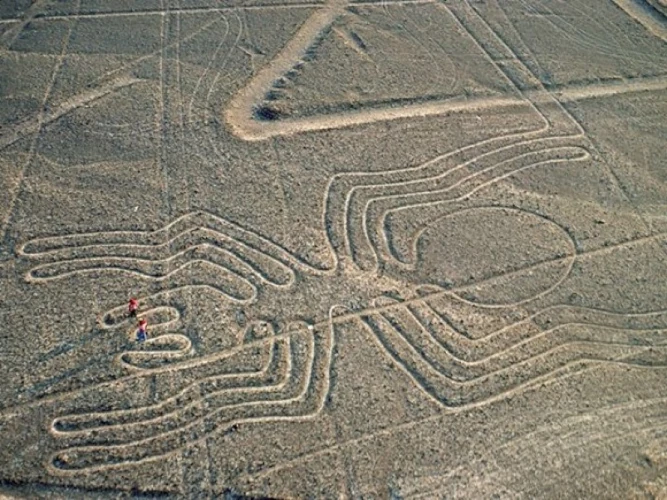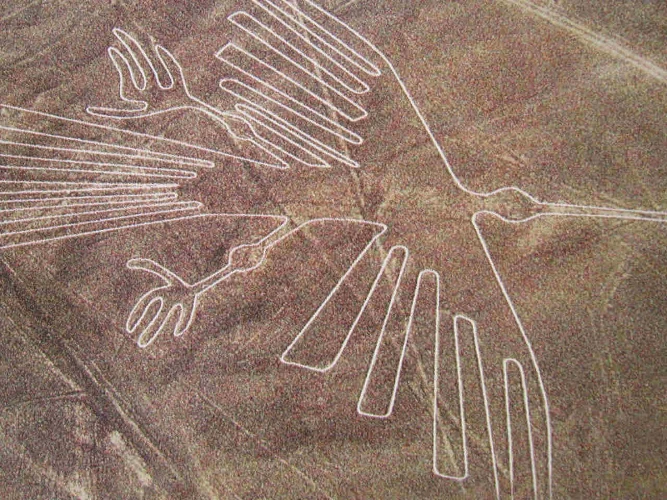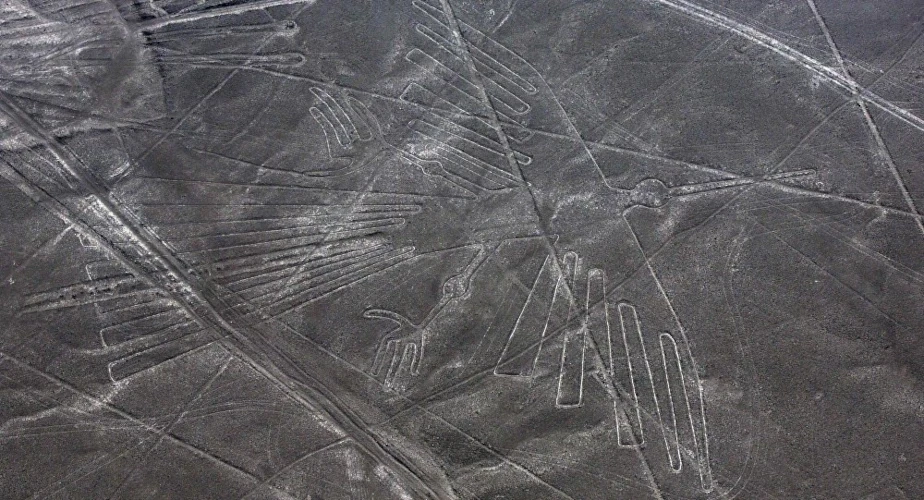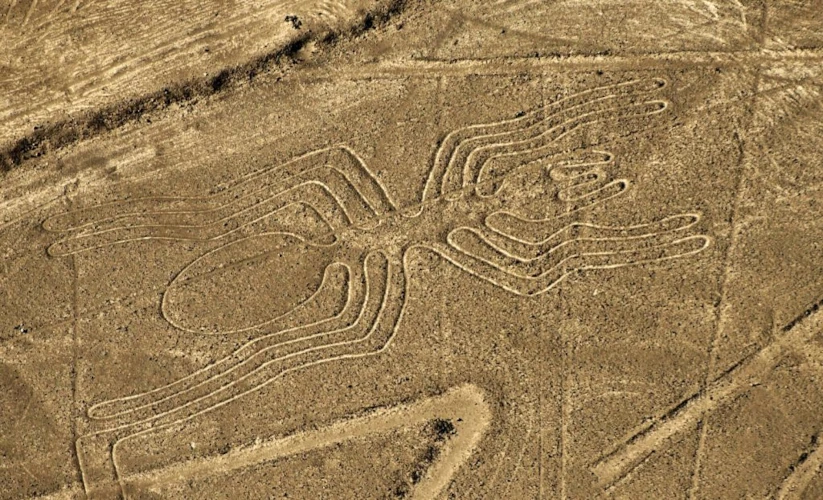The Nazca culture is one of the most fascinating civilizations in the world, known for its intricate art, advanced agriculture techniques, and the enigmatic Nazca Lines. This ancient culture emerged in the Nazca region of southern Peru around 100 BCE and flourished for several centuries, leaving behind a rich legacy of art, architecture, and culture that still captivates the world today.

One of the most impressive legacies of the Nazca culture is the Nazca Lines, a series of geoglyphs etched into the Nazca desert. These lines cover an area of about 50 square kilometers and are made up of hundreds of individual figures, including animals, plants, and geometric shapes. The Nazca Lines are so large that they can only be fully appreciated from the air, and their purpose and origin continue to elude scholars and scientists to this day.
Some experts believe that the Nazca Lines were created for religious or astronomical purposes, while others speculate that they may have served as a map or a wayfinding tool for the Nazca people. Still, others have suggested that they may have been created as a way to communicate with extraterrestrial beings. Despite decades of research and speculation, the true purpose of the Nazca Lines remains a mystery.

Aside from the Nazca Lines, the Nazca culture is also known for its intricate pottery and textiles. Nazca pottery often features intricate designs and motifs, including animals, plants, and geometric shapes. Many pieces of Nazca pottery also feature portraits of Nazca people, including warriors and dancers. Meanwhile, the Nazca textiles were made using a variety of techniques, including embroidery, dyeing, and knotting, and often feature intricate geometric designs and motifs, including animals and plants.
The Nazca were also skilled agriculturalists, and they developed a variety of techniques to cultivate their crops in the arid coastal region of Peru. They created a system of underground aqueducts called puquios to bring water to their crops and developed a technique called terracing, which involved building stepped platforms to cultivate crops on steep hillsides. The Nazca economy was largely based on agriculture, but they also traded with neighboring cultures, including the Moche and other nearby cultures, as well as with the people of the high Andes for precious metals and other goods.

The Nazca religion was another important aspect of their culture, which included a pantheon of gods and goddesses. They believed that these deities controlled the natural world and were responsible for the success of their crops and livestock. The Nazca also believed in the afterlife and buried their dead with elaborate offerings and grave goods.
Despite their impressive cultural achievements, the Nazca civilization declined around 800 CE for reasons that are still largely unknown. Some experts believe that they may have been impacted by climate change or environmental factors, while others suggest that they may have been conquered by neighboring cultures or experienced internal strife.

Today, the Nazca culture continues to captivate people around the world, and their legacy is a source of inspiration for artists and designers. However, the Nazca Lines, in particular, have faced numerous challenges, including damage caused by human activity and environmental factors. In response, the Peruvian government has implemented measures to protect the Nazca Lines and restrict access to the surrounding area.
The Nazca Lines and Culture of Southern Peru are a fascinating part of human history that continue to intrigue and inspire people around the world. While much about the Nazca Lines and the Nazca culture remains a mystery, their legacy of art, architecture, and culture ensures that they will continue to be studied and appreciated for generations to come.